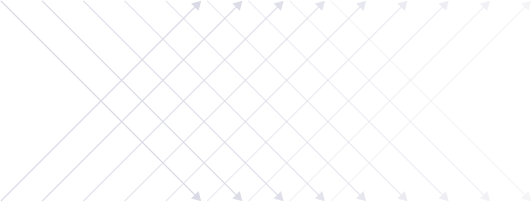
Transatlantic Plate Reverb
Rare Signals presents a new standard in Plate Reverb plug-ins modeled from the finest analog plates of Europe and The U.S. With 24 independent decay settings, and reverb tails that remain un-manipulated, preserving the natural sustain and stereo spread of the actual analog giants. (Available in AAX, VST, and Audio Units. NOW M1 NATIVE!)
Our Goal
was to make the absolute best recreations of the most legendary studio reverb plates that were produced in both Europe and in the USA in the 1960’s and 70’s. We had access to the finest possible examples of these 600+ lb analog giants as well as a top notch technical staff to get them in like-new condition. The plates were tuned and serviced inside, and out to optimize the performance and even surpass the original specs in some cases. We were actually able to acquire a six second decay time from our European plate...that’s a full second more than the original specification!
Operation
The Transatlantic Plate Reverb was designed with simplicity as a paramount feature. We deliberately made the functions and the layout of controls as intuitive as possible. We love the idea that you can begin using it right away...without scrolling through the pages of a manual. That being said, there are some functions regarding automation features, details about the modes and decay properties...as well as some tips for CPU optimization that might interest you. These are explained in the manual.


Low and Hi Cut Filters are placed in pre and post of the Decay algorithm respectively. They are also linkable in mirror image of each other for focusing in on specific sources.
There are twelve divisions of decay time available in both instances of the plate. Rather than fading one long impulse, these have been modeled from 12 discrete settings on each plate in the analog world, providing incredibly smooth reverb tails throughout the entire range.
Pre-Delay is a full frequency delay with 0% feedback. It is placed first in the signal chain, to mirror real-world usage and preserve the full bandwidth of the input source.
This switch toggles between two completely independent plates: One was hand-made in Nashville in the early 70's and the other was made by a German manufacturer in the 60's and resided in a famous studio in Woodstock, NY for decades.
About The Reverb Tails

How reverb tails travel through space.
There is something very special about the way a perfectly tuned plate decays. However, it's not uncommon for some plugin manufacturers to manipulate the impulses used in the modeling process to make sense mathematically in a certain user interface. This manipulation allows for decay control settings to be precise (1 sec., 1.5 sec., 2 sec. and so on). When dealing with an analog plate in the real world, decay times are hard to predict, let alone make perfectly even (value-wise).
Manipulating reverb tails to fit conveniently into a user interface just sounds wrong (literally). You'll notice that the decay times on the Transatlantic Plate Reverb reflect the true decay time of any particular setting. When switching between the EU/US modes, the current decay setting will jump to the closest value in the new mode. The result in sound quality far outweighs the ability to select even numbers on a dial.
